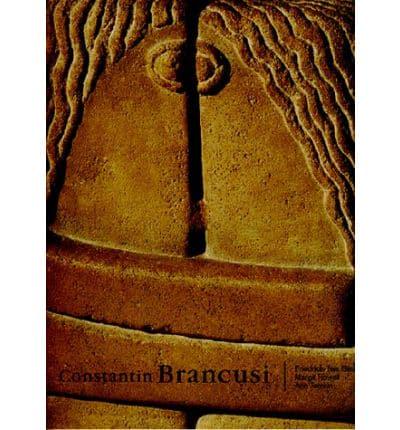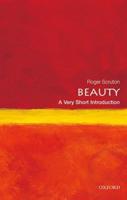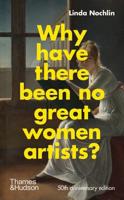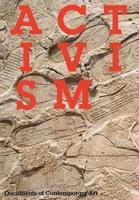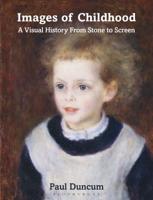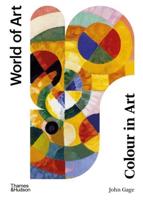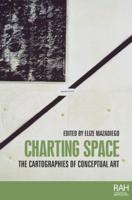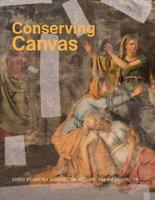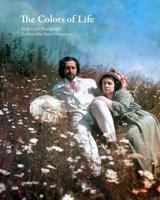Publisher's Synopsis
Romanian-born Constantin Brancusi (1876-1957) is one of the most important names in 20th-century sculpture. This book accompanies a major retrospective exhibition of Brancusi's scultpure, drawings, and photographs organized by the Philadelphia Museum of Art and the Centre Georges Pompidou, Paris. This work is illustrated throughout with photographs by the artist and images culled from a wide range of archival sources. The authors provide a detailed reassessment of Brancusi's work, incorporating and extending the revisions in scholarship that have been taking place since the last major retrospective in 1969-1970.;The three major essays present information on such diverse issues as the sculptor's sources of inspiration, his formal approach, and the works' original presentation. Friedrich Teja Bach rejects the notion of Brancusi's oeuvre as hermetic, timeless and pure, and examines instead the heterogeneous combinations of form and material that make Brancusi's works compellingly paradoxical. Margit Rowell explores the sculptor's place in the artistic climate of Paris in the 1910s and 1920s and his rejection of dominant styles and subject matter in favour of non-Western sources, particularly Asian art. Ann Temkin traces the history of Brancusi's American patronage during his lifetime by such influential collectors as John Quinn, Katherine Dreier, James Johnson Sweeney, and Louise and Walter Arensberg.;The plate section features full-colour reproductions of over 100 sculptures, with accompanying texts and visual references. In addition, 55 photographs by Brancusi in full-page duotone are shown alongside a major selection of his sculptures. There are also colour and black and white reproductions of over forty of his drawings - as well as prefatory essays on the photographs and drawings, a chronology, and bibliographic and exhibition listings.
